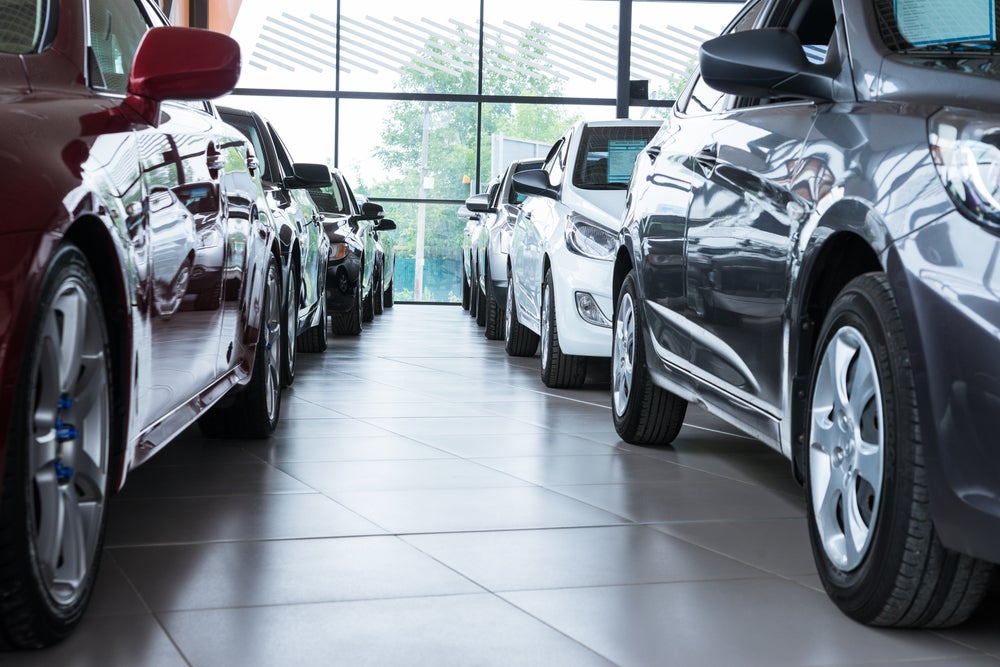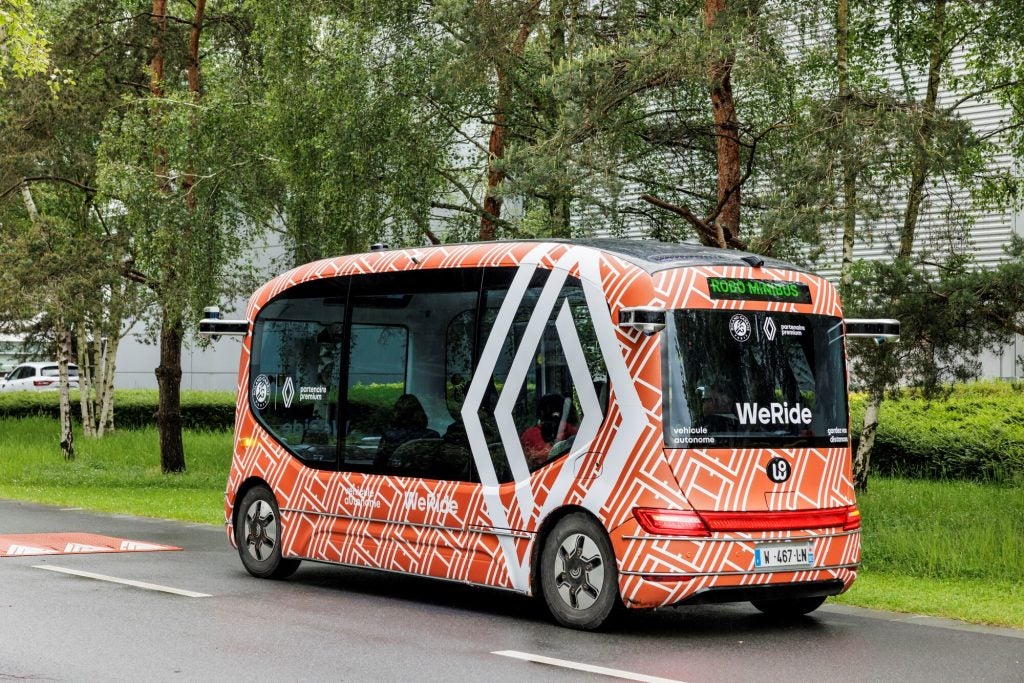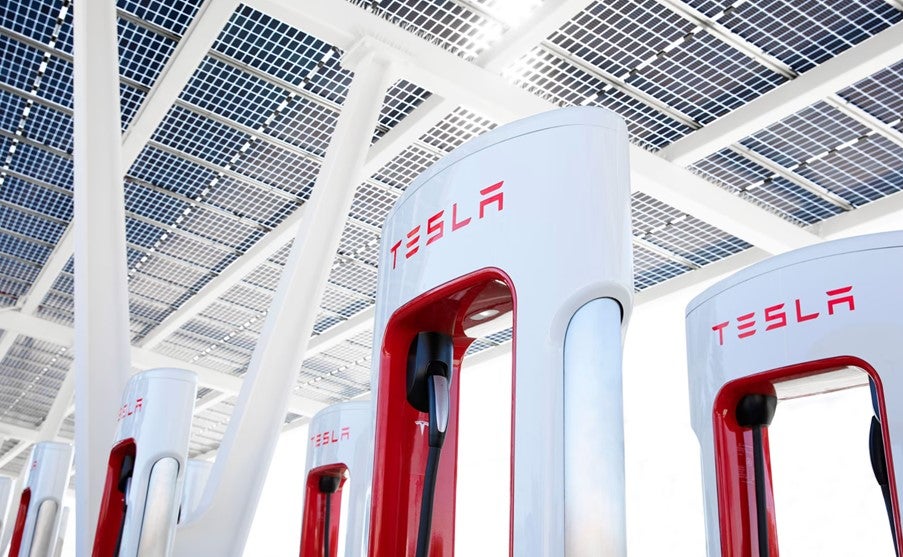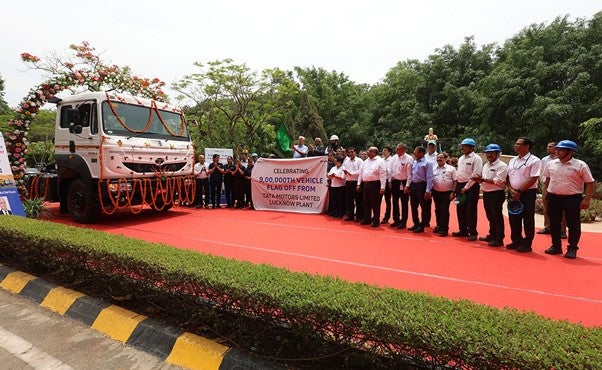General Motors has been granted a patent for a system that automates the detection and disinfection of microbes in autonomous vehicles. The system scans various parts of the vehicle for microbes, detects them, selects an appropriate disinfectant, and autonomously disinfects the vehicle while it is driving. The patent also includes a feature to contact a routing coordinator to determine if additional time is needed for disinfection along the route. GlobalData’s report on General Motors gives a 360-degree view of the company including its patenting strategy. Buy the report here.
According to GlobalData’s company profile on General Motors, reformer integrated fuel cells was a key innovation area identified from patents. General Motors's grant share as of September 2023 was 71%. Grant share is based on the ratio of number of grants to total number of patents.
Automated detection and disinfection of microbes in autonomous vehicles
A recently granted patent (Publication Number: US11771786B1) describes a method for automated detection and disinfection of microbes in an autonomous vehicle. The method involves autonomously scanning different parts of the vehicle for microbes and detecting their presence. Based on the detected microbes, an automatic disinfecting method is selected, which may include UV light disinfection, targeted distribution of a disinfecting solution, fog distribution of a disinfecting solution, or thermal disinfection. The disinfection process occurs for a predetermined time while the vehicle is driving along a route. Additionally, a routing coordinator is contacted to determine whether to add time for disinfection following the route.
The method also includes identifying the species of the detected microbes and selecting a disinfectant based on the species. A variety of disinfecting solutions can be chosen from based on the specific microbes present. The identification of microbes can be done by capturing an image of the vehicle part while emitting UV light and processing the image.
Furthermore, the method involves determining whether microbes are detected on each part of the vehicle and identifying different species of microbes on different parts. This allows for targeted disinfection based on the specific types of microbes found on each part.
The patent also mentions the use of non-transitory computer-readable media to store instructions for executing the automated detection and disinfection operations. These media can be used to perform the scanning, detection, selection, disinfection, and coordination processes described in the patent.
Overall, this patented method provides an automated and efficient way to detect and disinfect microbes in autonomous vehicles. By incorporating different disinfection methods and considering the species of the detected microbes, the method ensures effective disinfection while the vehicle is in operation. The involvement of a routing coordinator allows for adjustments in the disinfection process based on the specific route being taken. This technology could be valuable in maintaining cleanliness and hygiene in autonomous vehicles, particularly in situations where multiple passengers may be using the vehicle.
To know more about GlobalData’s detailed insights on General Motors, buy the report here.
Premium Insights
From

The gold standard of business intelligence.
Blending expert knowledge with cutting-edge technology, GlobalData’s unrivalled proprietary data will enable you to decode what’s happening in your market. You can make better informed decisions and gain a future-proof advantage over your competitors.







